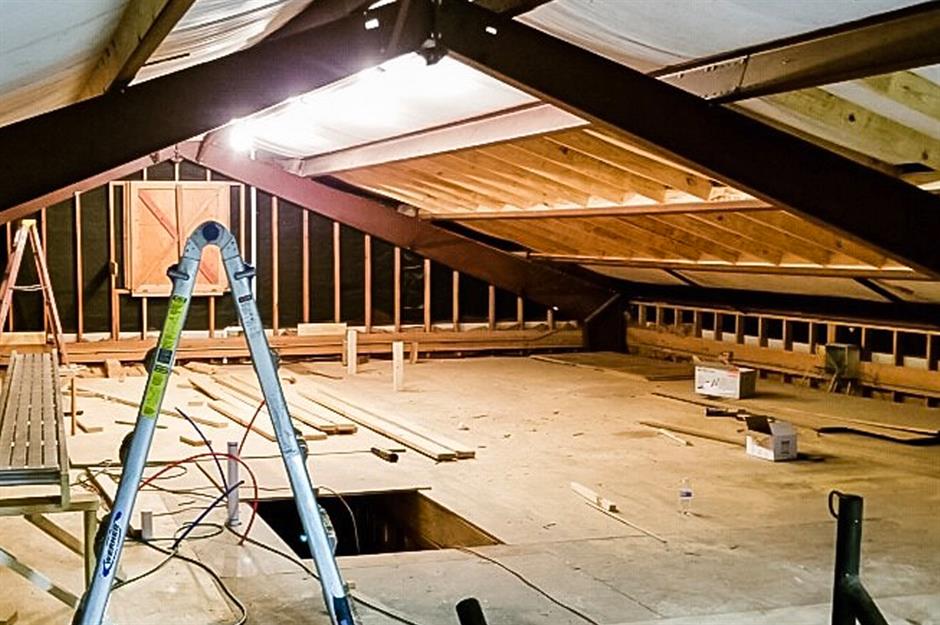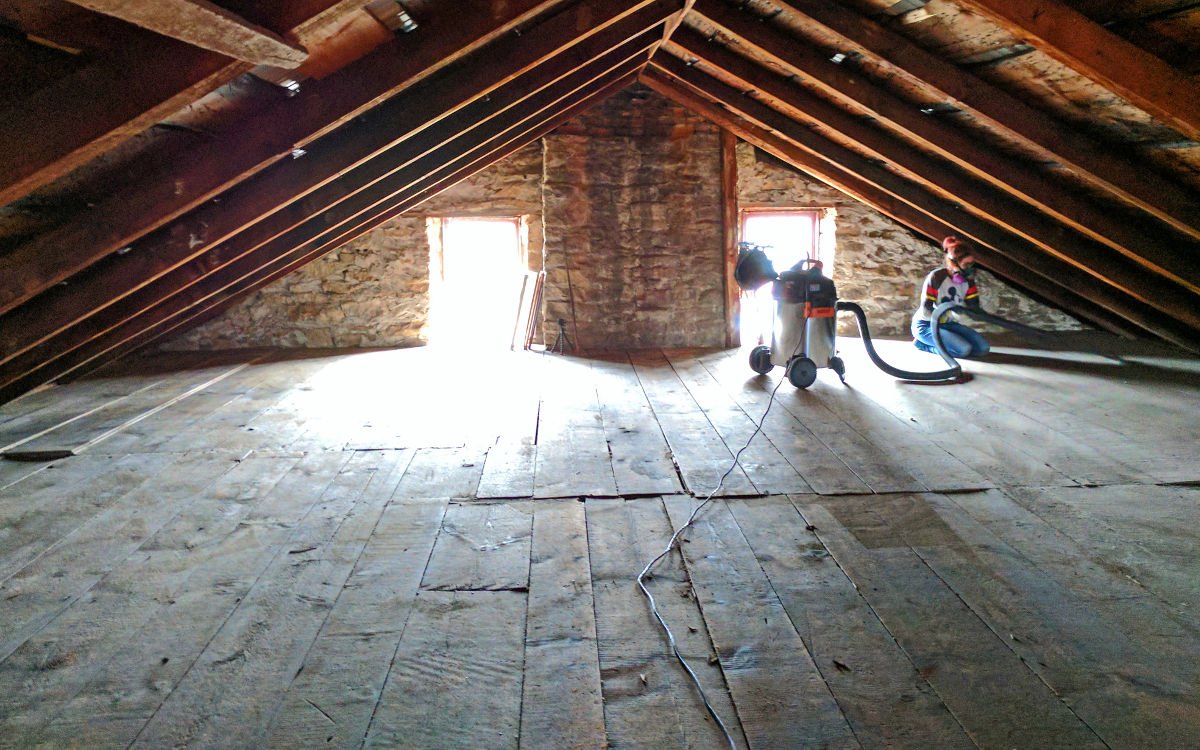Sealing your attic is a critical step in improving your homes energy efficiency. Whether you’re a homeowner or a real estate developer, knowing how to air seal an attic can save on energy costs and enhance comfort.
Understanding the importance of attic sealing is essential. By addressing leaks and insulation issues, you ensure that your home remains cozy during winter and cool in summer.

Understanding the Basics of Attic Air Sealing
Before diving into how to air seal an attic, it’s crucial to know why it’s important. Air sealing prevents unwanted air exchange between your attic and the living spaces below. This is vital for maintaining the desired temperature inside your home.
Properly air-sealed attics can lead to significant savings on energy bills. According to the U.S. Department of Energy, heating and cooling account for about 50% of the energy used in a typical home.
Common Places Where Air Leaks Occur
Identifying where leaks occur is the first step. Common areas include:
Attic Access Points
Hatches, pull-down stairs, and doors to the attic need to be sealed properly to prevent air escape.
Electrical and Plumbing Penetrations
Wiring holes, pipe vents, and other penetrations through the ceiling are notorious for leaks.
Recessed Lighting Fixtures
These can be major culprits of air leakage if not properly sealed.
Materials Needed for Air Sealing
To effectively seal your attic, you will need several materials:
- Expanding foam
- Caulk
- Weatherstripping
- Insulation
- Foam board
Step-by-Step Guide to Air Sealing Your Attic
Here’s a detailed guide on how to air seal an attic:
Step 1: Inspect and Identify Leaks
Conduct a thorough inspection of your attic. Look for any visible gaps or cracks where air might escape.
Step 2: Seal the Leaks
Use caulk and expanding foam to seal smaller gaps and cracks. For larger gaps, use foam board and insulation.
Step 3: Insulate Properly
After sealing, add a layer of insulation to improve energy efficiency further.
Step 4: Install Weatherstripping
For attic doors and access points, apply weatherstripping to ensure a tight seal.
Benefits of a Well-Sealed Attic
Sealing your attic offers several benefits:
- Reduced energy bills
- Improved indoor air quality
- Enhanced home comfort
- Increased home value
Additional Resources and Tips
For more ideas on improving your home’s energy efficiency, visit our guide on Passive House Practices.
For lighting options that complement your energy-efficient attic, explore our Attic Lighting Ideas.
External Insights
For a comprehensive understanding of why attic ventilation is crucial, check out this article on attic ventilation.

Frequently Asked Questions
Why should I air seal my attic?
Air sealing improves energy efficiency, reduces energy bills, and enhances indoor comfort.
What is the best material for sealing attic leaks?
Expanding foam, caulk, and foam board are excellent materials for sealing attic leaks.
Can I seal my attic myself?
Yes, with the right tools and materials, sealing an attic can be a DIY project.
This article contains affiliate links. We may earn a commission at no extra cost to you.




